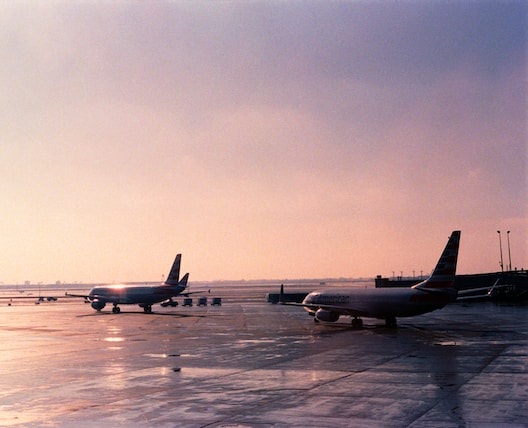Romanian Airports Declare Full Readiness to Embrace Air Schengen
KEY TAKEAWAYS
- Henri Coandă International Airport and Băneasa Aurel Vlaicu International Airport in Romania have announced their readiness to operate separate flows for Schengen and non-Schengen destinations.
- This was confirmed through a press release by the Bucharest National Company (CNAB).
- The airports completed preparations by the end of 2022, but the implementation was delayed due to an unfavourable decision from the JAI Council.
Romania’s Henri Coandă International Airport and Băneasa Aurel Vlaicu International Airport have announced their preparedness for operation on separate Schengen and non-Schengen flows.
This confirmation comes through a press release issued by the Bucharest National Company (CNAB).
Two-thirds of international travellers, in terms of overall traffic, travel to or from Schengen area destinations.
The press release quoted by G4 media notes that preparations have been completed since the end of 2022, and only the unfavourable decision of the JAI Council prevented them from coming into operation then.
A large part of the terminal infrastructure at the Henri Coandă airport – this is the one put into operation in 2011 and 2012 – was designed for use in the Schengen/non-Schengen system and, in the period since then, CNAB had to make special efforts to ensure the processing of passenger traffic which, in the last 11 years, has doubled.
CNAB
From March 2024, Romania and Bulgaria will partially join the Schengen Zone by air and sea, following the agreement reached between these two countries and Austria on the latter’s proposal called “Air Schengen”.
The Council of the European Union revealed that the date of Romania and Bulgaria’s accession to the Schengen Zone by land will be decided only after March 31, once the air and sea border controls are lifted.
Following the profound impact of COVID-related restrictions, air traffic in Romania has shown significant improvement.
Through a statement, CNAB last year revealed that traffic at the two airports serving Bucharest, Otopeni and Baneasa surpassed 8.4 million passengers in the first seven months of 2023.
Bucharest National Company (CNAB) revealed that in 2022, the air traffic at Bucharest Henri Coandă International Airport and Bucharest Băneasa Aurel Vlaicu International Airport registered 12.610.247 passengers, accounting for an 82.2 per cent increase compared to 2021 figures and 120.745 aircraft movements, or 30.7 per cent increase compared to the previous year.
The overall number of passengers in 2022 is thus approaching the peak we had in 2019 (14.8 million passengers), representing over 85 per cent of it. As for the number of aircraft movements, it represents approx. 83 per cent of the record value of 145,002 registered in 2019.
CNAB
In 2021, the air traffic at Bucharest Henri Coandă International Airport and Bucharest Băneasa Aurel Vlaicu International Airport registered 6.922.297 passengers, or a 54.89 per cent surge compared to 2020 and 92.377 aircraft movements, accounting for a 36.45 per cent increase to the previous year.
At the same time, confirming its readiness for accession to Schengen by air and sea, Bulgaria anticipates that, upon accession, over two-thirds of passengers at Sofia Airport will experience quicker processing through the terminals when travelling by air.

